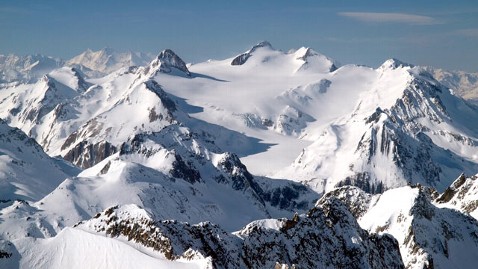Avalanche Research Could Make Your Ice Cream Taste Better

(Image credit: Buena Vista Images/Getty Images)
Ice cream fanatics will be happy to learn that their favorite dessert is getting the scientific attention it deserves: avalanche experts are using the same technology used to study snow to determine how to improve the quality of ice cream.
Nestle is working with the Institute for Snow and Avalanche Research in Switzerland to study the ice crystals in snow and ice cream. Using the only x-ray tomography machine in the world, researchers are recording the size of ice crystals and air bubbles at sub-zero temperatures. This machine allows the researchers to study the sample without damaging it, which was a problem for them in the past.
Published in the journal Soft Matter, the scientists discovered that the texture of ice cream gets worse as ice crystals fuse together. Changes in temperature from creation to transportation cause ice crystals that form on the top of the ice cream. Most home freezers vary in temperature by several degrees, cycle on and off to regulate their temperature, causing ice cream to melt and then re-freeze.
"We already know the growth of ice crystals in ice cream is triggered by a number of different factors," said Dr. Cedric Dubois to BBC, "If we can identify the main mechanism, we can find better ways to slow it down."
A follow-up study is underway that enables scientists to evaluate higher-resolution images of the ice cream particles.